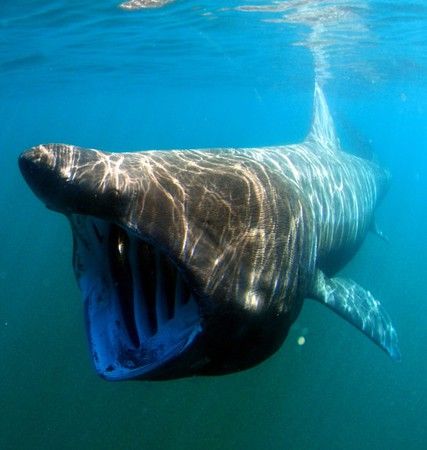The presence of two sharks put Los Cabos beaches on alert
Municipality of Los Cabos, alerted local authorities to the presence of two two-meter-long sharks within the Los Cabos beach areas.

The Coordination of the Management, Inspection, and Surveillance Program of the municipality of Los Cabos alerted local authorities to the presence of two two-meter-long sharks within the beach areas of Los Cabos. The temporary closure of beach access was determined, to safeguard the physical integrity of bathers in these natural recreational areas. For his part, the Delegate of La Ribera, Juan Carlos Montaño Ortiz, ordered the temporary suspension of activities on the shores.
This will be maintained, while surveillance and inspection operations continue along the coasts, to track and locate the route of the dangerous sharks, which lurk on the shore of the bay in the municipality of Los Cabos.
These two sharks were discovered on June 2, while they were roaming the coasts of La Ribera, in the middle of a program of water sampling and exploration of environmental conditions by a team of researchers from the Fund for the Protection of Marine Resources (FONMAR). For this reason, alert and prevention protocols were quickly activated to protect the local inhabitants and visitors to these beaches.
On June 29th, a meeting will be held between the Riviera's delegate and representatives of the environmental agencies, to give follow-up and a solution to this specific case. Depending on the exact location of the species, it will be stipulated whether to extend the suspension of the coastline or open the beach areas, out of danger.
The great importance of the presence of sharks in the world, their natural habitat, and their behavior, indicate that these animals are in danger of extinction; there are numerous species of sharks, but the best known are the white shark, the bull shark, the blue shark, and the hammerhead shark.
These top predators are found almost everywhere from Alaska to Africa, and most attacks by the Great white shark occur on the reef, where they are mistaken for their usual prey, over 45 percent of attacks have been on surfers in shallow waters, although it has been mentioned that humans are not a desirable food source for these majestic predators.
Their sense of hearing is extremely sensitive, capable of detecting changes in water pressure, as well as movements of other animals over long distances. Of the 440 species of sharks recorded, only 200 species are present in Mexican waters, due to the tropical temperatures that facilitate their reproduction.
Sharks are capable of hunting and devouring almost any other marine animal, both in deep and shallow waters. It is a genuine marine predator with a light cartilaginous skeleton and hydrodynamic design. Its large size and power in the jaw, with sharp teeth, is capable of attacking larger animals such as other sharks or whales. Its preferred preys are seals and sea lions.
The white shark is one of the most feared animals by man, because of its large size between four and six meters long, is considered the most dangerous predator of the oceans for its aggressive behavior. Their elimination can influence the structure of the community, through increases in density, they are too important, without them the food chain would be broken. Sharks do not eat humans, they only attack them when they are mistaken for one of their prey.




